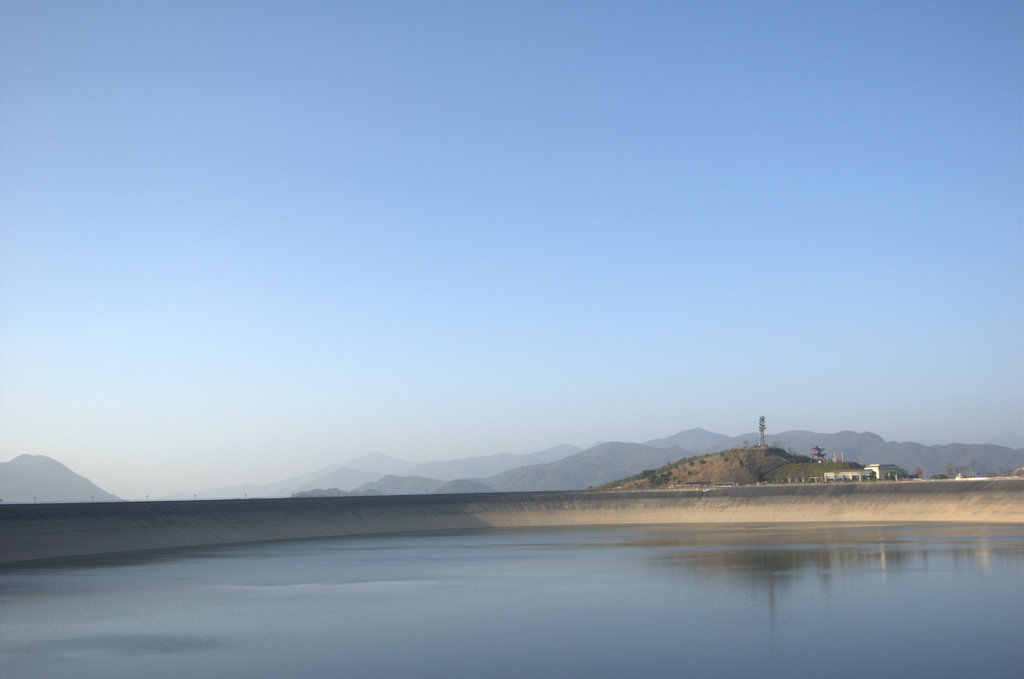Reply to comment
2013-11-15 Shooting the ISON on Tian Huang Ping, Anji
Tue, 11/26/2013 - 22:50 — lcpcskyDriving 270km westwards, we reached the top of the only mountain above 1000m high. It was 22:00, darkness surrounded us. We were looking for a place where the east side is wide open, so we can see the ISON as soon as it rose up. Went though a mud road, we came to the foot of a dam, lamps on the dam were not very bright, and they went out half an hour later. Here was the south side of this mountain top, and the east was clear.
The moon was shining like a beacon while all stars were dimmed. I decided to take a nap and begin to shot at 3:00AM. It was a chilly night, my wife huddled up in her sleeping bag and I had to start the engine at times to produce a little hot air.
At 3:00AM, I got up and began to set up the equatorial mount. It was the first time for me to use this zEQ25 outdoors, but it didnot take too much time to set it up and align polar axis. After running one-star-alignment, I set the mount goto C/2013 R1 Lovejoy. It was a Nikon D70s with 70-200mm F/2.8 on the mount, I took a 10 seconds exposure, and found the little green spot immediately! I was so excited to shoot my FIRST comet! It was much brighter and bigger than I had thought, obviously distinct from other stars.
I adjusted my camera to a very subtle position, placing the comet in the lower right corner of the image, so that its tail could be recorded more completively. Then I set the camera to begin a series of 30 seconds exposures. During the automatic shooting, I took out my 8x42 binoculars and observed along the direction of camera lens and immediately found a bright blurred spot like M31! It was a spot with a clear white core, and the dim surrounds made it distinct from a star, but no more details, nor colors.
It was 4:30 and the C/2012 S1 ISON should rise above the horizon. I just pressed buttons and the mount pointed to ISON. I took the first 10 seconds exposure, and immediately found the long tail that much longer than R1's!
In the binoculars, ISON appears much dimmer than R1, and much more like a star. No fuzzy surrounds, but a gleaming tail!
It was freezing outside, so I took a nap in the car during the automatic shooting. Just a while, in the east, the sky was becoming light. It was 5:30.

This animation contains 5 frames for each combined 9 raw pictures to enhance SNR. ISON was moving quickly in only 20 mintues.
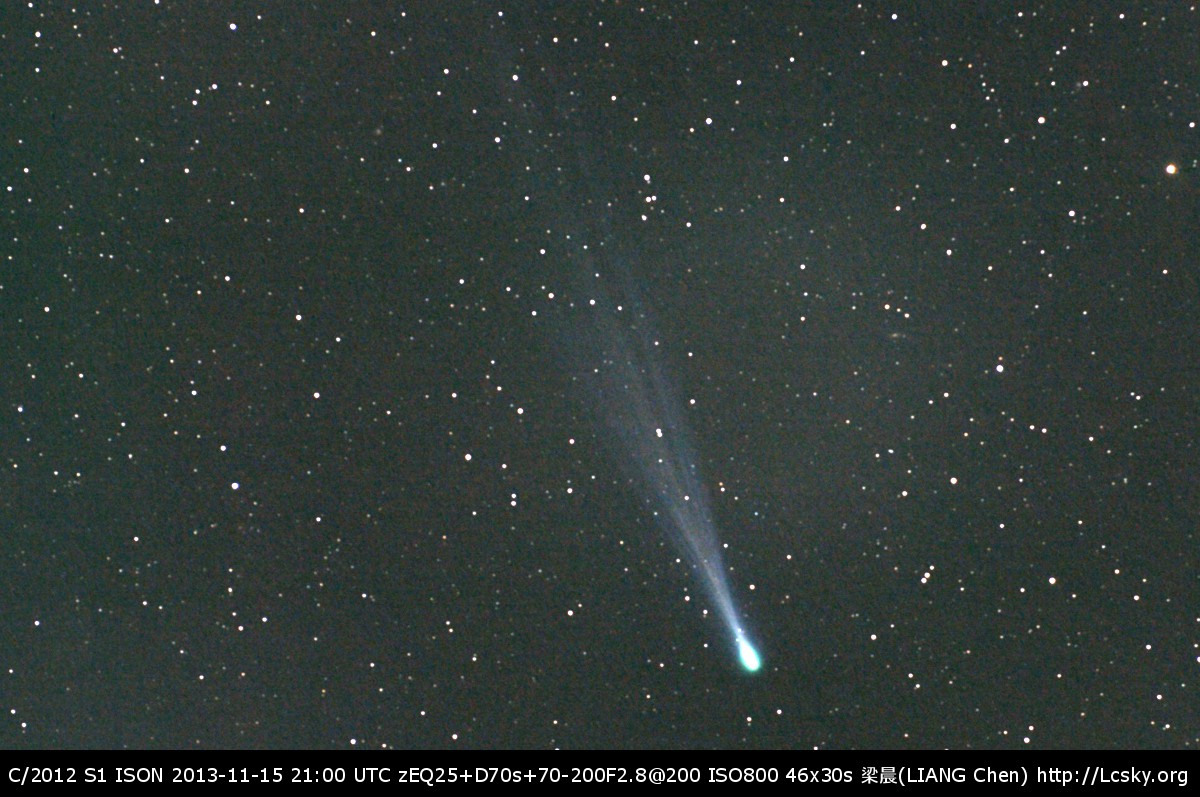
The final picture combined 42 raw pictures, star aligned.
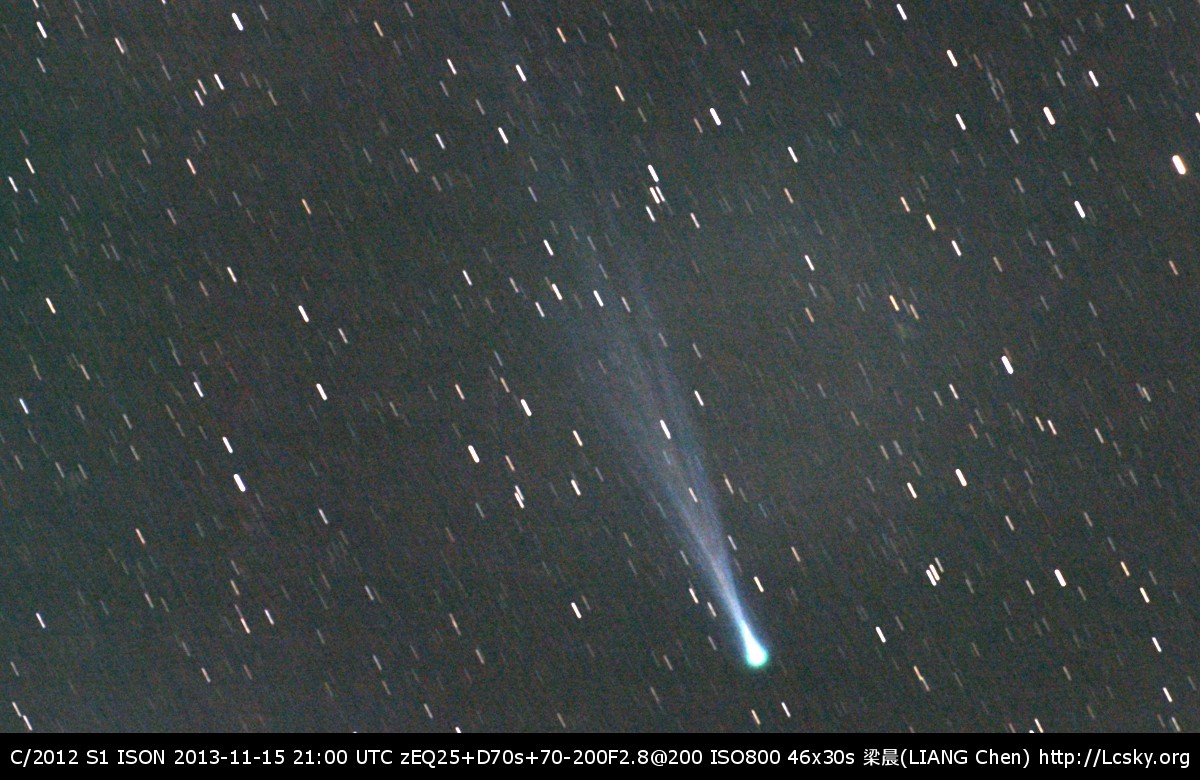
The final picture, comet aligned. Seems showing less details to the one of star aligned.

This single frame show comet ISON overwhelmed in the sun light.

Although during the past years I practiced well to find targets by binoculars and star charts, the "GOTO" feature is a convenient way especially in the time-racing circumstance.
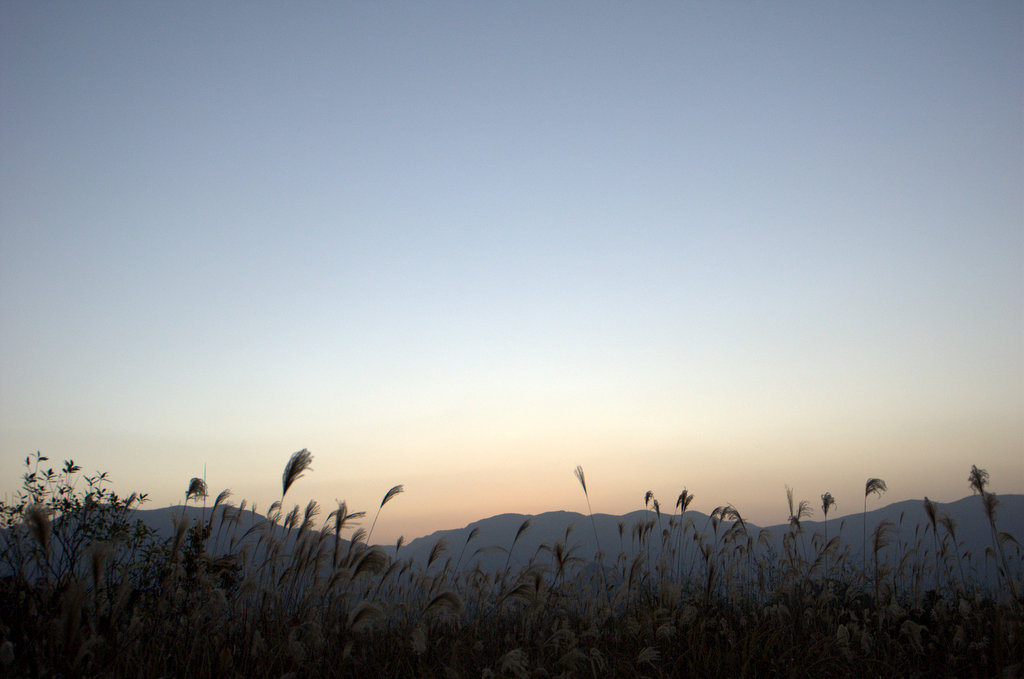
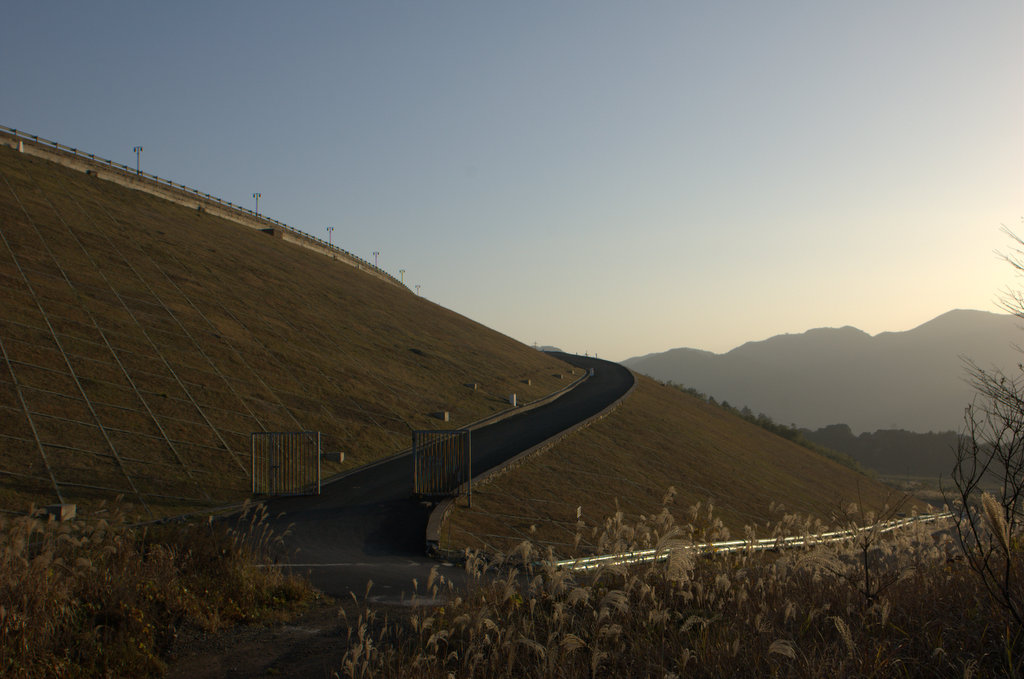
The dam.
